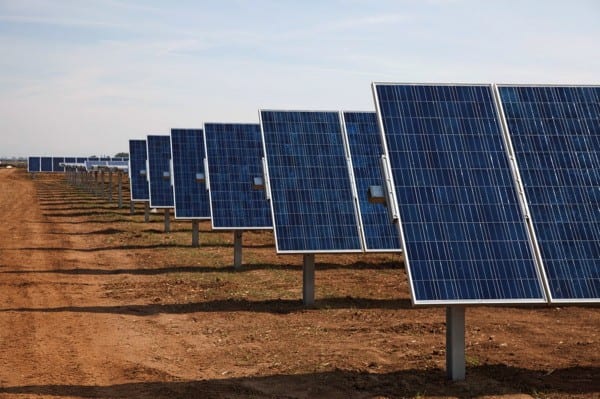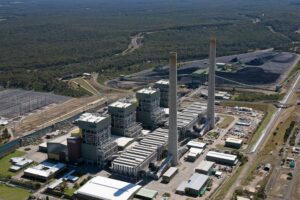As much as two-thirds of the 6GW of new-build renewable generation still needed to meet Australia’s 2020 renewable energy target could come from large-scale solar, according to First Solar’s head of project management in the Asia Pacific region, Jack Curtis.

In an interview with RenewEconomy on Thursday, Curtis said that the investment environment for large-scale solar in Australia was the most positive First Solar had witnessed since entering the market a few years ago.
“We’re now at a point where if you look at the RET, you can safely assume an easy 2GW (of large-scale solar development) gets done. …You could make a very credible case that 2GW of the 6GW will go to large-scale solar and maybe 4GW.
“There is an aggressive appetite from retailers for PPAs (power purchase agreements), an aggressive appetite from banks and from equity partners to invest in these projects,” he said.
Curtis was talking to RenewEconomy about the success of First Solar’s joint venture with the University of Queensland, the Gatton Solar Research Facility which, post commissioning and fully optimised has delivered an estimated annualised yield of more than 6GWh – around 10 per cent higher than forecast and which corresponds to a weighted average capacity factor of 21-22 per cent.
He said that the ability to “demonstrate a bullet-proof business case” for large-scale solar plants, as illustrated by the data from Gatton, was crucial to meet the current investment appetite.
“The crux of greater adoption of large-scale solar is proving out operational data,” he told RE. “That’s how debt gets repaid.”
But Curtis also said that large-scale solar in Australia would not be competing at the price point it was right now if “ARENA hadn’t taken the approach they had” of grant-funding early large-scale solar development in Australia.
First Solar has been a beneficiary of that funding, with ARENA providing large grants to key projects such as the 102MW Nyngan solar farm, the 53MW Broken Hill facility, and the smaller solar facility at Rio Tinto’s Weipa mine in north Queensland. First Solar also built the nation’s first large scale solar farm, at Greenough River in Wet Australia.
Ironically, Curtis’s comments coincide with those of federal energy minister Josh Frydenberg, who told RenewEconomy in an interview on Thursday that the Turnbull government intended to go ahead with its plan to strip $1.3 billion of funds from the Australian Renewable Energy Agency and end its grant-funding mechanisms – a move it expects Labor to support.
And on the Renewable Energy Target, Frydenberg said the government had no immediate plans to look at longer-dated targets, or set more ambitious goals for development.
Nevertheless, Curtis is bullish about big solar’s future in Australia – and confident that it’s growth will continue to be supported by government.
“I’m pretty confident in the view that there will be another policy mechanism that comes on in 2020,” he said.
“The next three to four years will be very exciting.
“When you look at who’s participating in the space now, the Australian market has been inundated with interest, especially global finance; the EU, US, China, Japan, they’re all really interested in investing in this asset class.
“Combining that with the aggressive retail appetite, I expect demand for large-scale solar to continue to grow.”
(NB: RenewEconomy will have more news from the interview with Curtis and UQ’s Paul Meredith on Monday).










